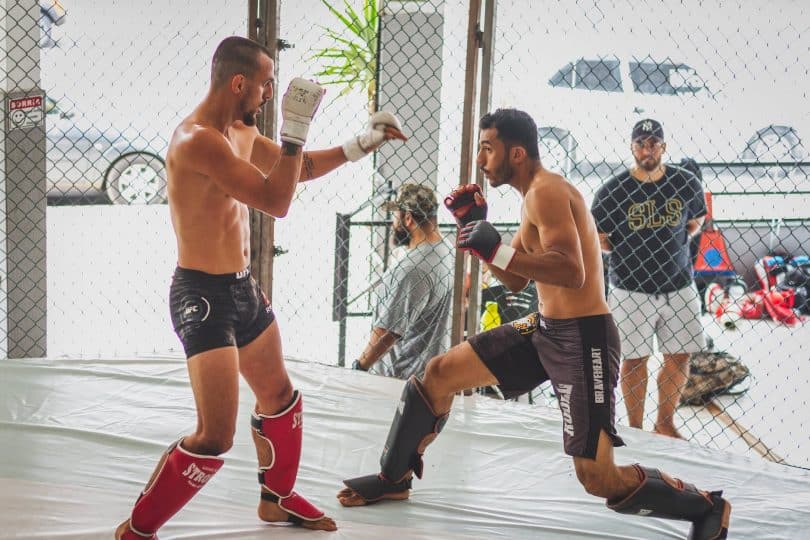The physical and mental discipline of martial arts is a practice that has been around for centuries. It is a way to learn self-defense, as well as improve your focus, strength, and stamina. But once you get into jiu jitsu, a lot of information out there can be daunting and confusing.
How do you know what style is right for you? What should you wear to your first class? How hard is it to get trained in mixed martial arts? And so on. But the good news is, it doesn’t have to be complicated. Our guide is here to explain everything you need to learn martial arts – from finding the right school to practicing at home. So put on your karate uniform, and let’s get started with mixed martial arts!
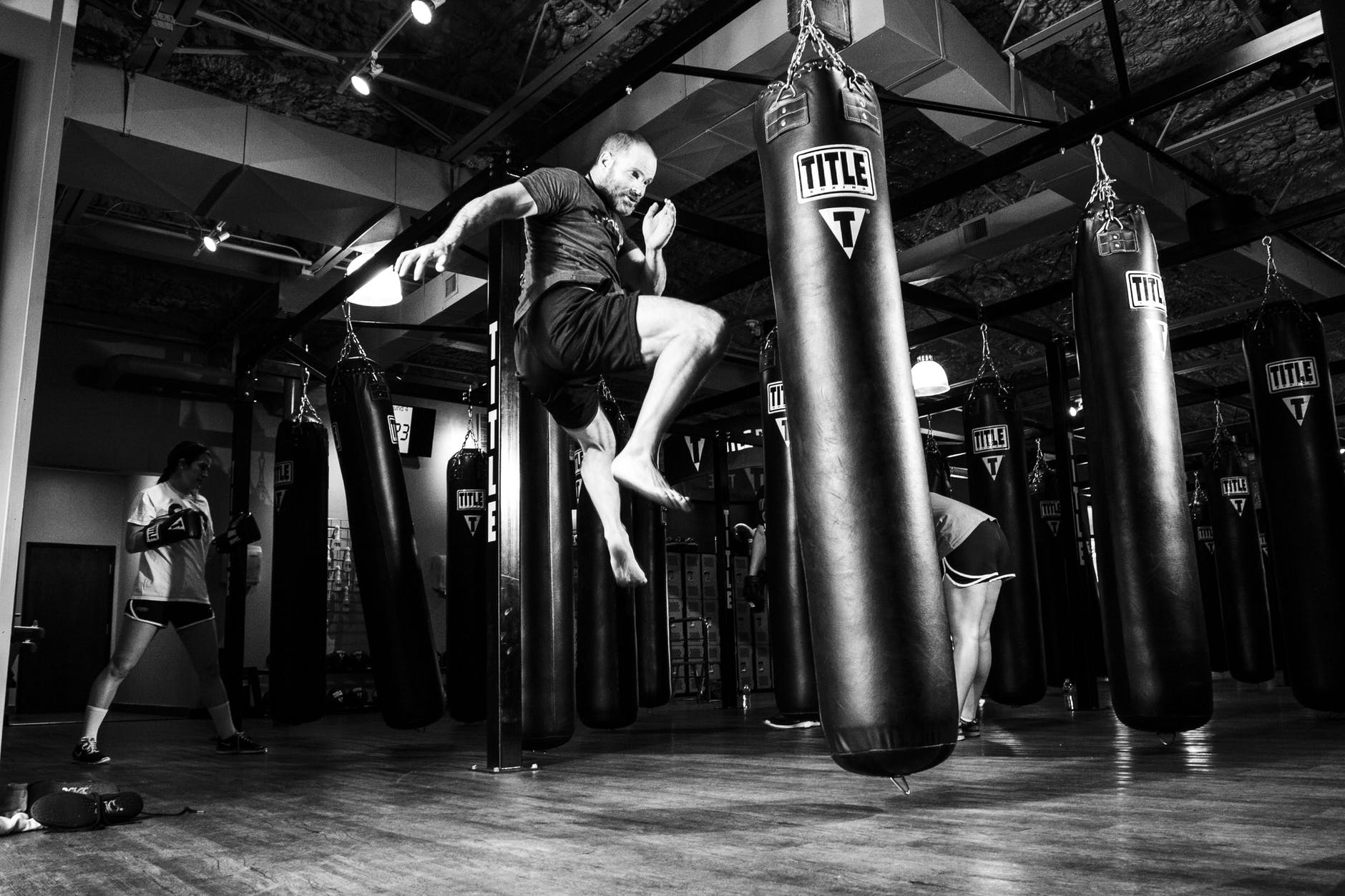
What are Martial Arts, and What’s Their Origin?
There are multiple types of martial arts, from the famous karate and jiu jitsu of mainland Japan to the Shaolin Kung Fu of China. Each discipline has its unique history, techniques, and philosophies. However, all martial arts share a common goal: to provide their practitioners with the skills necessary to defend themselves in combat.
Old types of martial arts can trace their origins back to the earliest days of human history. Over time, these techniques were refined and passed down from generation to generation, eventually becoming codified into formalized systems of training. Today, martial arts continue to evolve, incorporating new technologies and ideas from various cultures.
What are the Three Fundamentals of Martial Arts?
The three fundamentals of martial arts are balance, focus, and breath control. Each of these fundamentals is important in its own way, and by mastering all three, you will be well on your way to becoming a skilled martial artist. Let’s take a close look at these aspects of mixed martial arts:
- Balance
At its core, martial arts is all about balance. This is true both in terms of the physical balancing of one’s body and in the more abstract sense of finding a balance between self-control and aggression. On a physical level, mixed martial arts training helps you develop balance and coordination. This is essential for both offensive and defensive techniques. A well-balanced fighter will be able to better unleash their power while also being less likely to be taken off guard by an opponent. Beyond the physical, martial arts also requires a mental balance because one must be able to control their emotions and stay calm in the face of conflict. This inner balance allows martial artists to defend themselves effectively without excessive force.
- Focus
In the heat of battle, it is essential to maintain focus – this is true in both literal and figurative senses. When two opponents are locked in mixed martial arts combat, they must focus completely on the task at hand. To overcome challenges and hurdles while fighting, you have to maintain a laser-like focus during MMA. This detailed discipline and training required to master martial arts help practitioners develop the focus needed to succeed in all areas of life. Whether it is in the ring or the boardroom, those who have trained in mixed martial arts know the importance of maintaining focus and using it to their advantage.
- Breath
In martial arts, breath is used to help control the body and focus the mind. When feeling anxious or stressed, our breathing tends to quicken and become shallow. This can lead to dizziness, lightheadedness, and a loss of concentration. However, by focusing on the breath and taking slow, deep breaths, we can calm the nervous system and bring the body back into balance. When we are training, it is easy to get caught up in thoughts about how you are doing or what your opponents are doing. However, if you focus on your breath, you can clear your mind and stay present in the moment.
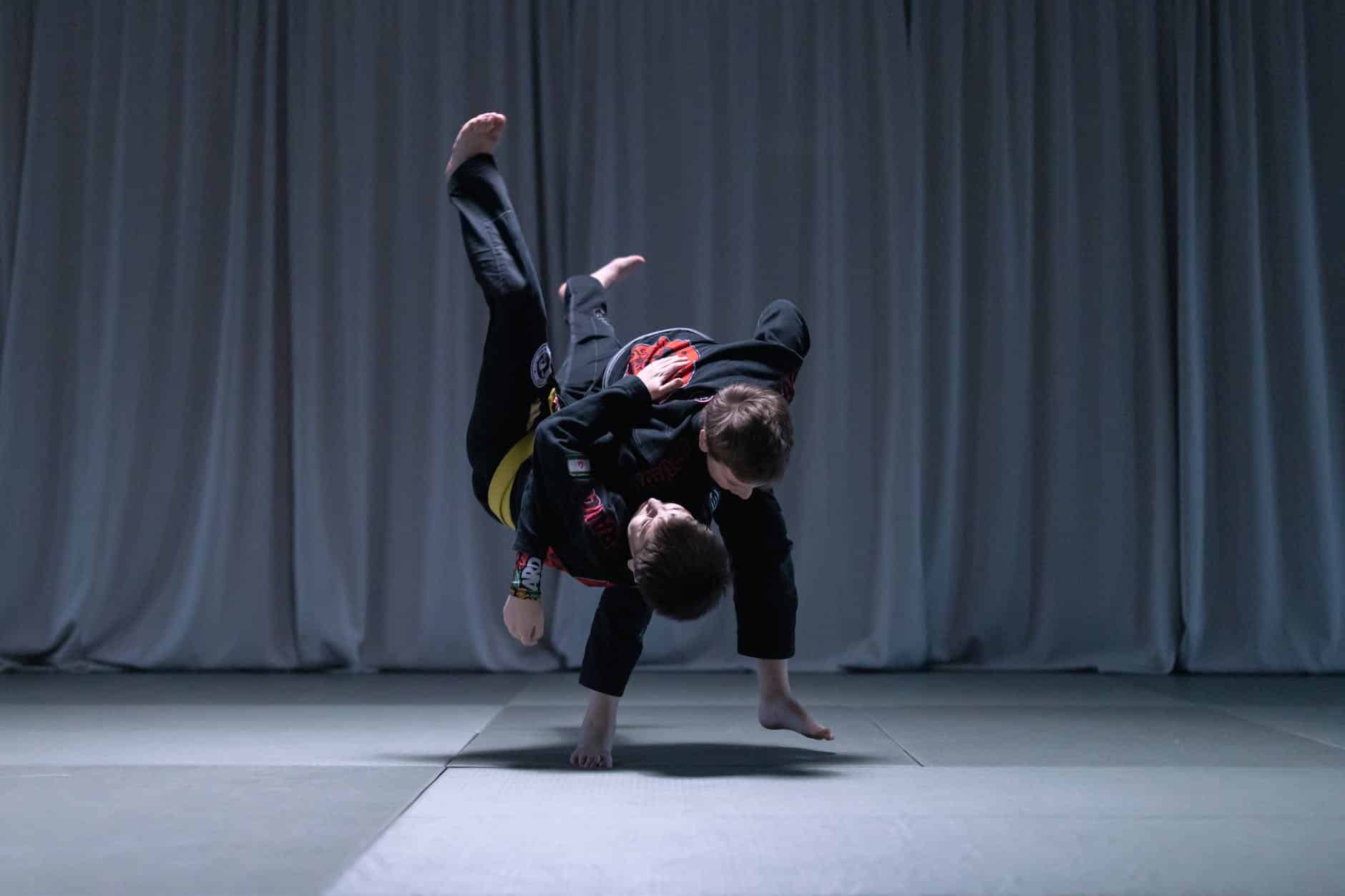
Are Martial Arts and Jiu Jitsu the Same?
Martial arts and jiu jitsu may appear to be the same thing at first glance, but they are actually quite different. Jiu jitsu is a form of self-defense that utilizes joint locks and chokeholds to subdue an opponent, while mixed martial arts is a more general term that refers to any system of combat techniques. Jiu jitsu originated in Japan, while martial arts have their roots in a variety of cultures around the world. Mixed martial arts tend to focus on striking techniques like punches and kicks, while jiu jitsu relies more on grappling and submission moves. So, while they may share some similarities, martial arts and jiu jitsu are definitely not the same.
What Do You Need to Start Martial Arts?
Instead of other skills where you need tangible essentials, mixed martial arts and jiu jitsu solely depend on your capabilities. Besides a credible and experienced trainer, here’s what you need to learn mixed martial arts:
- Discipline
- Focus
- Determination
- Confidence
- Physical fitness
- Proper technique
Step By Step Mixed Martial Arts Guide
You can learn various kinds of martial arts, but mixed martial arts has become one of the most popular in recent years. If you’re interested in learning how to fight, here is a step-by-step guide to getting started in mixed martial arts:
Step One: Choose the Right Martial Art
As with any sport, there are different styles of mixed martial arts (MMA). Some focus more on striking, while others emphasize grappling and takedowns. Decide which style you’re interested in learning, and look for a local gym or dojo that offers classes in that specific discipline.
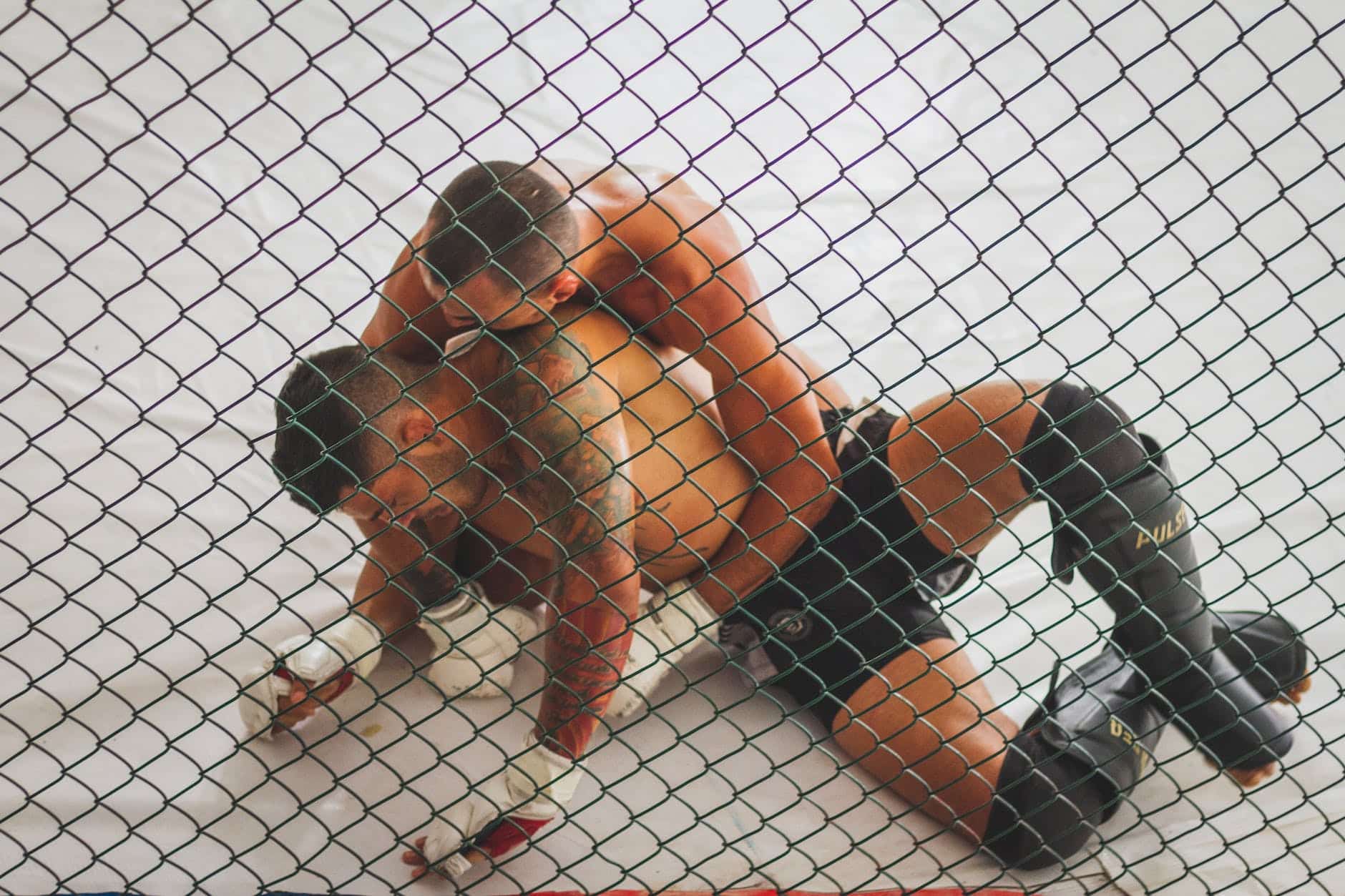
Step Two: Get the Right Gear
You don’t need a lot of gear to get started in MMA, but there are a few essential items you’ll need to purchase before your first class. These include:
- MMA gloves
- Hand wraps
- Mouthguard
You may also need some grappling shorts and a gi (a traditional martial arts uniform), but these are not required in the initial stage.
Step Three: Find a Good Instructor
A crucial aspect of learning MMA is finding a good instructor. You should look for someone who has experience teaching mixed martial arts and make sure they are certified by a reputable organization like the United States Fight League (USFL).
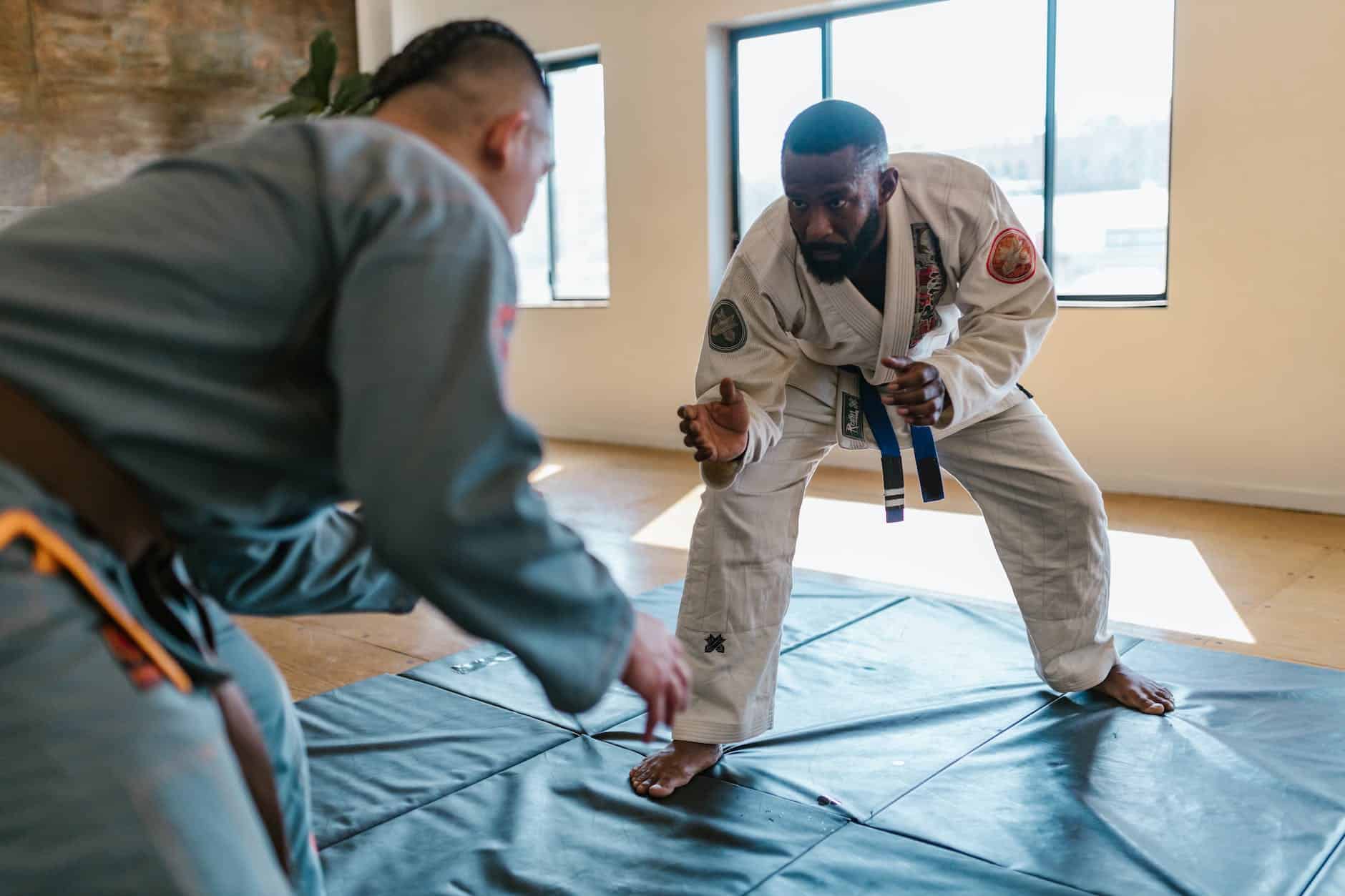
Step Four: Attend a Class
Once you’ve found a good instructor and purchased the necessary gear, it’s time to attend your first class! Mixed martial arts classes typically consist of a warm-up, followed by techniques and drills, and then sparring. Sparring is optional, but it’s a good idea to participate if you want to learn how to apply the techniques you’re learning in a real-world setting.
Step Five: Train Regularly
MMA is a complex sport, and it takes time to master the various techniques. That’s why you must train regularly to improve your skills. Most MMA gyms offer classes multiple times per week, so try to attend as often as you can. You can also supplement your training by practicing at home, watching instructional videos, and reading books and magazines on mixed martial arts.
Learning mixed martial arts can be a rewarding experience. Follow these steps to start, and you’ll soon be on your way to becoming a proficient fighter in no time!
Rounding Up
Mixed martial arts is a prestigious skill anyone can master with determination and consistency. It is an excellent way to stay in shape and build self-confidence. MMA skills will keep you physically healthy because it involves a lot of jumping, kicking, and rolling. Mixed martial arts is known to help relieve stress because you emphasize on your focus, breath, and balance in it. Plus, it can help you learn about other cultures and get exposure to different fighting styles. So, if you are looking for a new hobby to boost your self-esteem and confidence, consider learning mixed martial arts. You will not be disappointed.
Interested in more physical hobbies? Try sailing!

